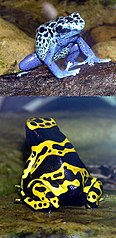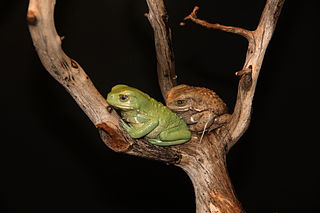Those with an interest in frogs and toads will never be bored…among the 6,200 known species are found some of the world’s most fascinating and unusual animals. Many amphibian pets may, with proper care, live for 10, 20 or even 50 years, and can be wonderful animals to keep and observe. A number engage in complex social behaviors that range from hand-signaling to the feeding of tadpoles…and well-adjusted captives are often not at all shy about doing so before an audience!
I cannot remember a time when I was not fascinated by frogs and toads, and my amphibian-keeping friends and Bronx Zoo colleagues often voice the same sentiment. But what is it that draws us to keep, study and breed these marvelous creatures? True, some species, due to their ability to survive near people, become our first herp pets…as did Bullfrogs, American Toads and others when I was growing up in the Bronx, but there’s more to it than that. Part of the answer, I believe, lies in their amazing diversity of forms and lifestyles…some of which stretch the limits of believability. Please be sure to post your own thoughts and experiences below, as well as any questions you may concerning choosing a pet frog or caring for individual species.
 That Reptile Blog – Reptile, Amphibian and Exotic Pet Care and Information
That Reptile Blog – Reptile, Amphibian and Exotic Pet Care and Information





